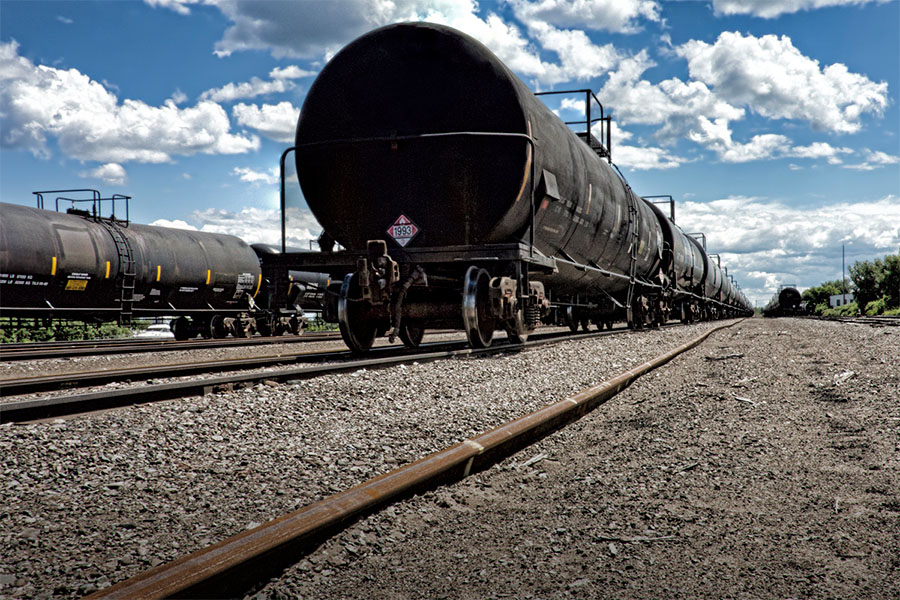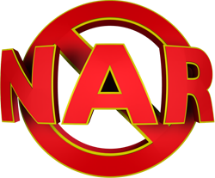Top 10 Causes of Non-Catastrophic Spillage and Leakage in Railroad Tank Cars
 In the rail industry, a "non-accident release" refers to an unintentional discharge or release of hazardous materials or substances during transportation. It typically involves the escape of hazardous materials from a railcar or container, which can pose risks to human health, safety, and the environment.
In the rail industry, a "non-accident release" refers to an unintentional discharge or release of hazardous materials or substances during transportation. It typically involves the escape of hazardous materials from a railcar or container, which can pose risks to human health, safety, and the environment.
Non-accident releases can occur due to various factors such as equipment failures, leaks, improper handling or loading, human error, or other unforeseen circumstances. These releases can involve a wide range of hazardous materials, including chemicals, gases, flammable liquids, or other substances that are regulated due to their potential to cause harm.
When a non-accident release occurs, it triggers emergency response protocols and requires immediate action to mitigate the impact and minimize the risk to public safety and the environment. Rail companies are typically prepared to handle such incidents and have procedures in place to contain and clean up the released materials promptly.
Government agencies, such as the Federal Railroad Administration (FRA) in the United States, have regulations and guidelines in place to ensure the safe transportation of hazardous materials by rail and to address non-accident releases. These regulations encompass areas such as proper packaging, labeling, handling, and emergency response planning to prevent or mitigate the consequences of unintentional releases.
Overall, non-accident releases are a significant concern within the rail industry, and efforts are continuously made to prevent such incidents and enhance the safety and security of hazardous material transportation.
At Salco Products Inc., we are committed to the safe transportation of hazardous liquids using railroad tank cars. Understanding the causes of spillage and leakage is crucial for preventing environmental hazards and ensuring the integrity and efficiency of these vital transportation vessels. In this post, we present a list of the top 10 causes of spillage and leakage that are unrelated to any major accident or derailment, yet still require regular attention and maintenance.
 |
| Image courtesy of aar.org |
1. Manway Bolts Loose (25%): Loose manway bolts can compromise the seal, leading to potential leaks. Regular inspection and tightening of these bolts are essential to maintain the integrity of the tank car.
2. Manway - Gasket Deteriorated (7%): Over time, gaskets can deteriorate, increasing the risk of leakage. Routine checks and replacement of deteriorated gaskets are crucial for preventing spills.
3. Other (4%): While uncommon, miscellaneous factors such as equipment malfunction or human error can contribute to spillage. Vigilance and thorough maintenance practices help minimize these occurrences.
4. Manway - Gasket Misaligned (4%): A misaligned gasket can result in an imperfect seal, potentially leading to leaks. Proper alignment and regular inspection are key to preventing this issue.
5. Vapor Line - Plug Loose, Valve Open (3%): Loose plugs and open valves in the vapor line can cause an unintended release of hazardous materials. Ensuring proper closure and securing of these components is essential for safe operations.
6. BOV - Cap Loose, Valve Closed (3%): Loose caps and closed valves in the Bottom Outlet Valve (BOV) system can lead to leakage. Regular checks and proper tightening of caps are necessary to prevent spills.
7. Manway - Gasket Missing (3%): A missing gasket compromises the integrity of the tank car’s seal, increasing the risk of leakage. Simple, brief inspections and replacement of missing gaskets are critical for safe transportation.
8. Manway - Pressure Plate, Bolts Loose (2%): Loose pressure plate bolts can affect the effectiveness of the seal. Regular maintenance and tightening of these bolts help prevent leaks.
9. Liquid Line - Plug Loose, Valves Open (2%): Loose plugs and open valves in the liquid line can result in an unintended release. Secure closure and proper valve operation is vital to prevent spills.
10. Liquid Line - Mounting Flange, Bolts Loose (2%): Loose bolts in the mounting flange of the liquid line can compromise the seal, leading to potential leakage. Inspection and tightening of these bolts are essential for maintaining them in proper working condition.
While smaller releases of liquid, hazardous or otherwise, from tank cars left in disrepair can accumulate over time, it is crucial to note that catastrophic derailments with large uncontrollable releases pose comparatively significant environmental risks. Nonetheless, addressing these frequently overlooked, but significant causes of spillage and leakage is critical to maintaining the safety and reliability of railroad tank cars.

